Notable Middle Templars
In its long and eventful history, the Honourable Society of the Middle Temple has counted among its members a dazzling array of figures of historical importance, renown and - occasionally - infamy. From alchemists to aviators, soldiers to Suffragettes, playwrights to Prime Ministers, Middle Templars have made their mark on the world in myriad spheres and disciplines. These short biographies, covering members from the 16th to 20th centuries, tell the stories of some of these notable sons and daughters of the Inn.
Members have been grouped by the century in which they were admitted, with separate sections for Royal and Honorary Benchers.
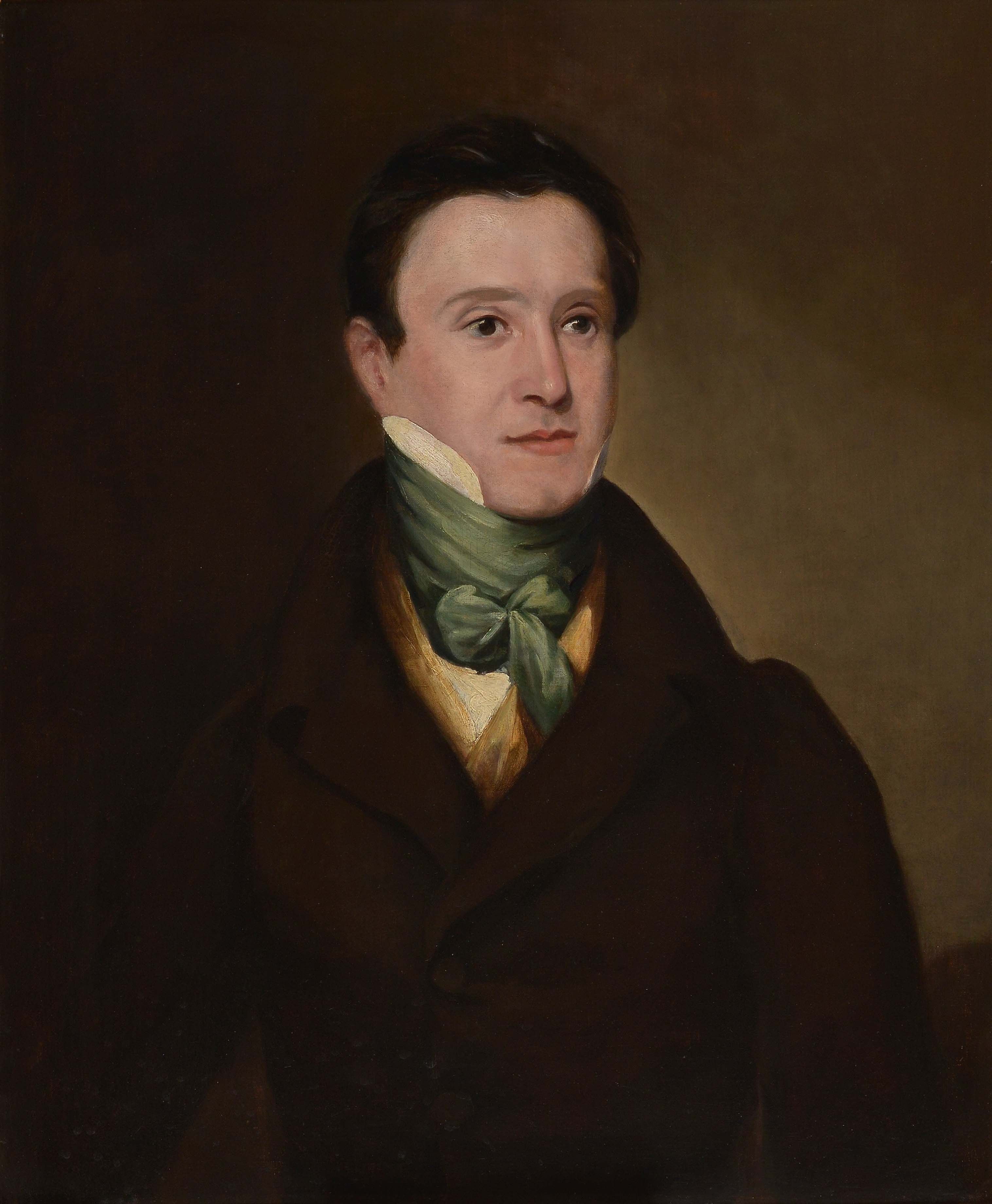
1795 - 1854 Admitted 1813 Called 1821
Judge, Radical politician and author
Sir Thomas Noon Talfourd, whose portrait hangs today in the Bench Apartments, was born in 1795, and joined the Middle Temple in 1813. He was Called to the Bar in 1821, and proceeded to a successful career as a judge and a Radical MP, as well as achieving note as a poet and playwright. A staunch abolitionist, Talfourd’s works Ion and The Athenian Captive used Ancient Greek settings to attack tyranny, autocracy and slavery.
He is known particularly as a supporter and friend of Charles Dickens – being one of the young author’s guarantors upon his own admission to the Inn in 1839. They were close for many years: Dickens dedicated The Pickwick Papers to his friend, and the two frequently socialised and holidayed together. Talfourd was also the proposer in Parliament of the Copyright Act, which was a cause close to Dickens’ heart. Dickens reportedly modelled David Copperfield’s Tommy Traddles upon Talfourd, and his children Kate and Frank (the latter also a Middle Templar) are said to have inspired the two characters so named in Nicholas Nickleby.
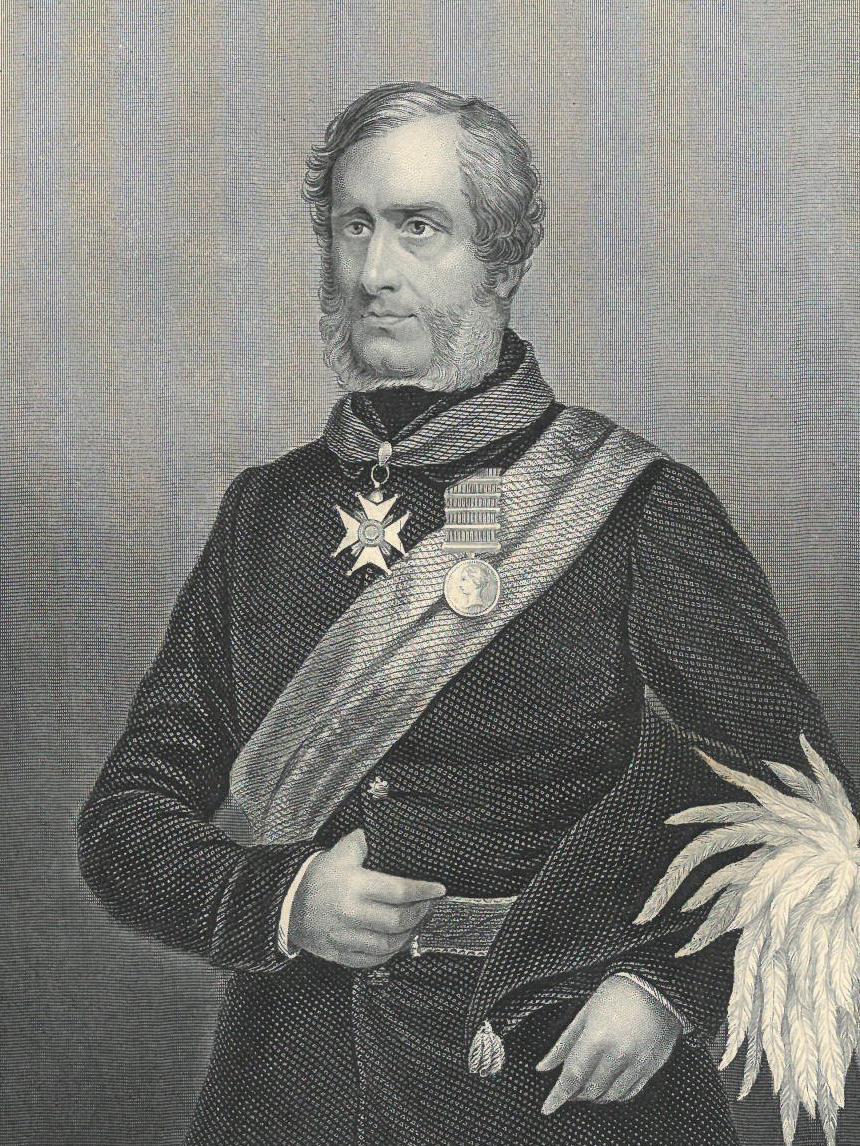
1795 - 1857 Admitted 1813
General, associated with India and the Mutiny of 1857
Henry Havelock was born in 1795 to a wealthy family and boarded at Charterhouse until the age of seventeen. He was admitted to the Middle Temple in 1813, but family problems and their financial consequences forced him to give up the law, and he joined the army as a Second Lieutenant in 1815. In the 1820s, Havelock served in the First Anglo-Burmese War and became a Baptist, having married the daughter of missionaries. He fought in the First Afghan War and was appointed Adjutant-General of the Indian Army in 1854. On the outbreak of the Indian Mutiny in 1857, he led a force to suppress the disturbances, recapturing Cawnpore and relieving the first siege of Lucknow. It was at Lucknow that he died of dysentery, his army having been besieged a few days later. Havelock gained a reputation as a military hero, but the brutality of his actions during the Indian Mutiny has made him a controversial historical figure.
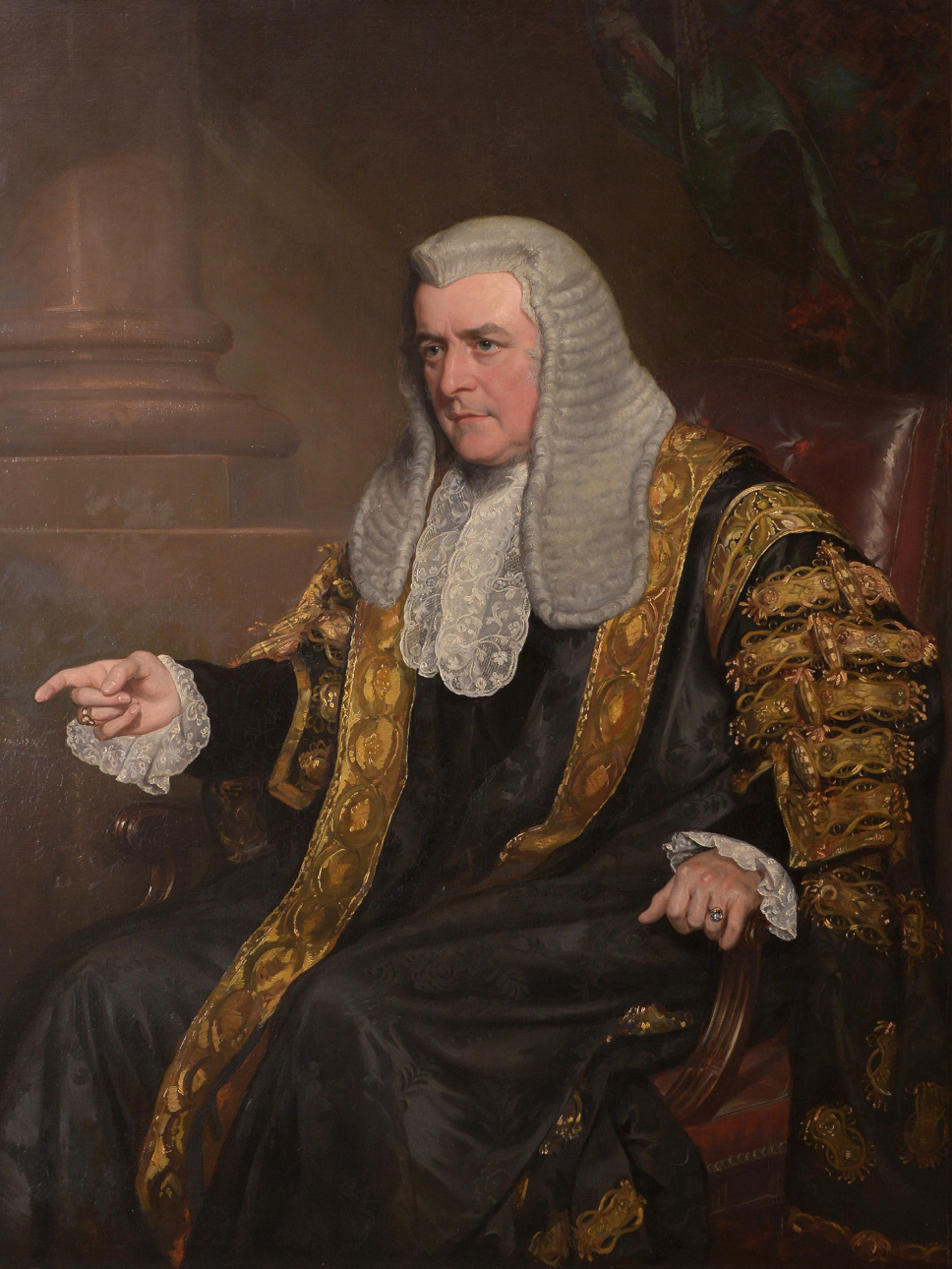
1800 - 1873 Admitted 1819 Called 1823
Lawyer, judge and legal education reformist
Richard Bethell was born in 1800 and found success in his classical and mathematical studies at Oxford. Admitted to the Inn in 1819, he was Called in 1823 and after a successful practice was made a Queen's Counsel in 1840. He served as Reader in 1844 and Treasurer in 1848. Elected MP for Aylesbury in 1851 as a supporter of the Liberal government, he was made Solicitor- and then Attorney-General, and in 1861 succeeded to the office of Lord Chancellor. Bethell was instrumental in the revolution in legal education during the middle decades of the 19th century.
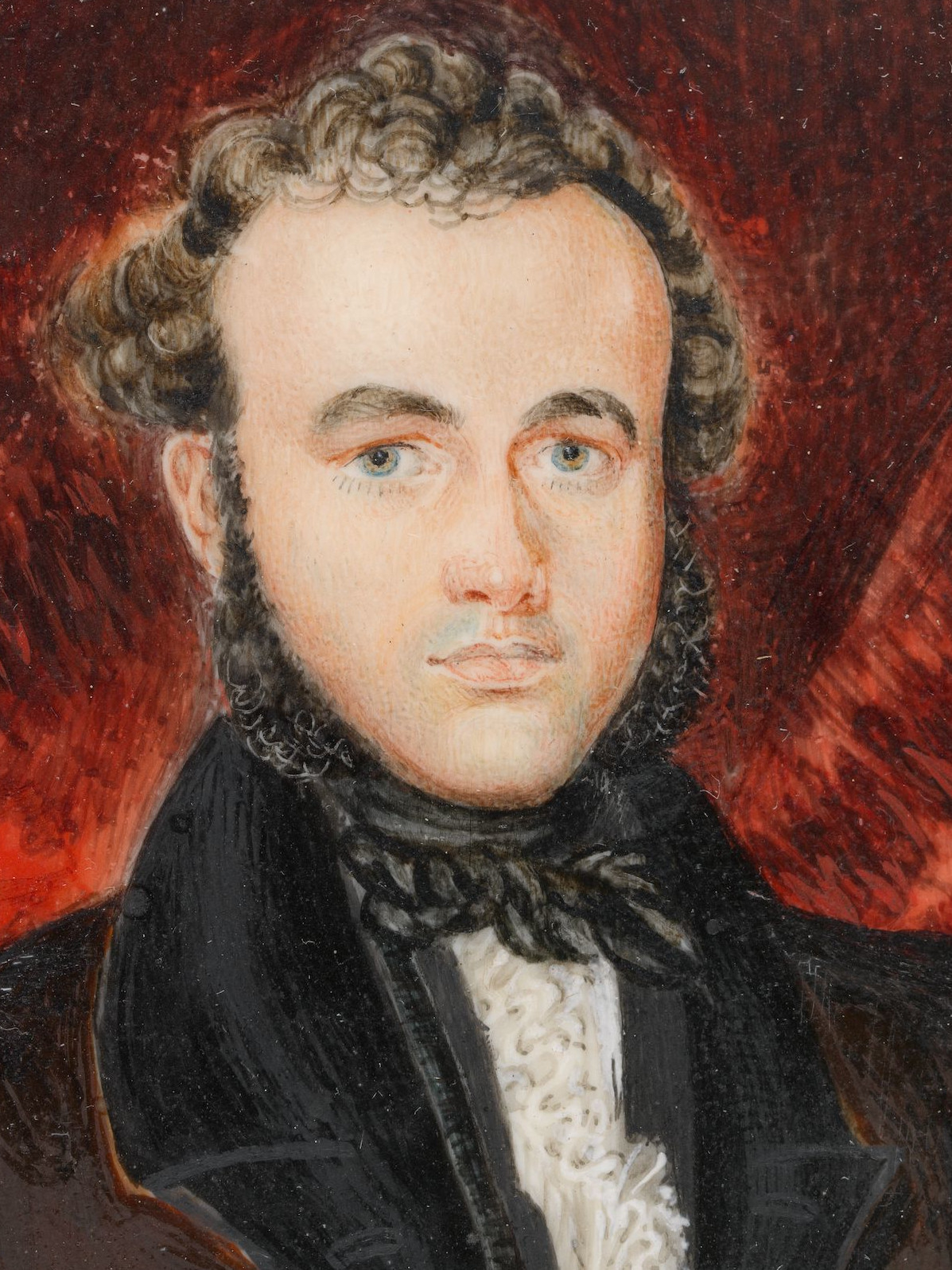
1806 - 1847 Admitted 1829 Called 1834
Journalist, barrister and Australian politician
Richard Windeyer was born in London in 1806, the son of a Parliamentary Reporter, and remained in London to follow in his father's footsteps when the rest of the family emigrated to Sydney. He was admitted to the Inn in 1829 and Called in 1834, shortly after which he followed his family to Sydney, making his name as a barrister in the years afterwards. Elected to the New South Wales Legislative Council in 1843, he became a prominent politician. Windeyer fought for the cause of the Aboriginal population and died as a result of anxiety and overwork in 1847.
Richard Windeyer 1830s by an unknown artist Collection: National Portrait Gallery, Australia. https://www.portrait.gov.au/portraits/2009%252E158/
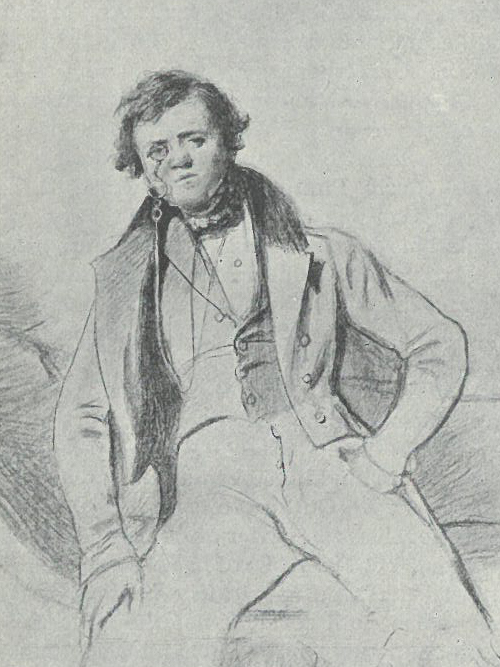
1811 - 1863 Admitted 1831 Called 1848
Novelist
Born in Calcutta in 1811, he was educated at Charterhouse and Cambridge, and was admitted to the Inn in 1831. He occupied chambers in Hare Court and read for the Bar, but described the legal curriculum as 'one of the most cold-blooded prejudiced pieces of invention that ever a man was slave to'. Nonetheless, he was eventually Called to the Bar in 1848, and occupied chambers in Crown Office Row until 1855. He had, however, been successful in the sphere of literature for some time by this point in his life, writing for The Times from 1838, and making his name as a novelist. He is best remembered today for writing Vanity Fair.
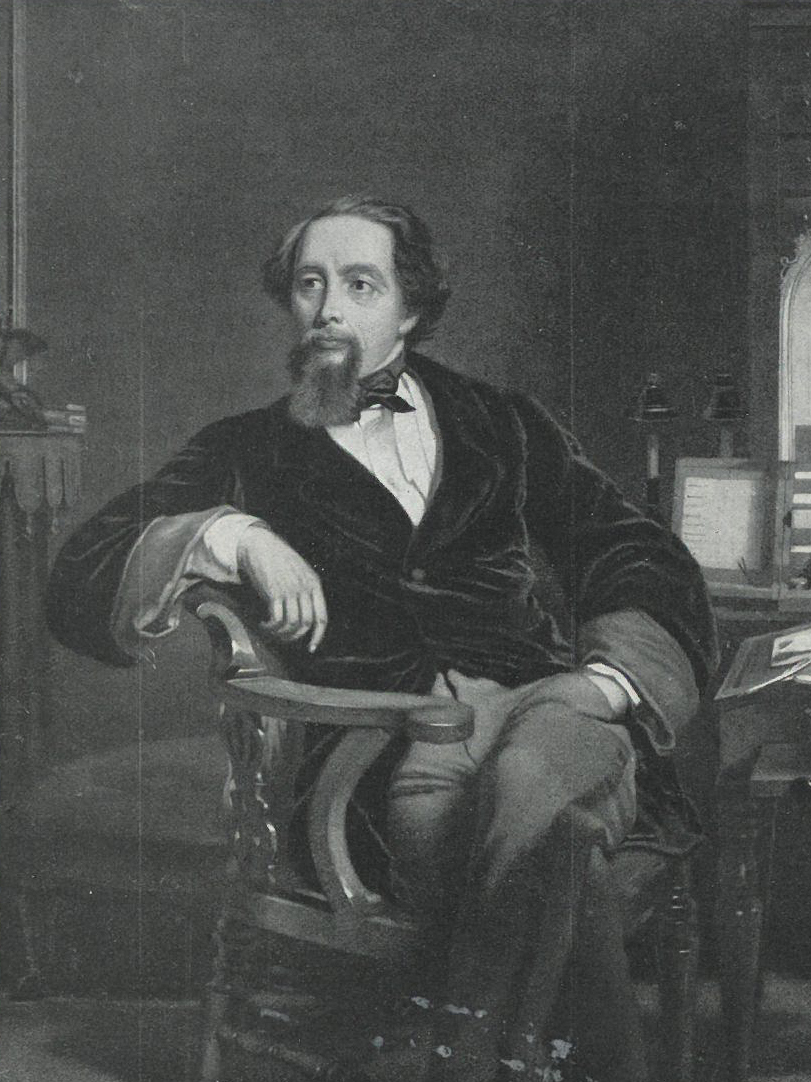
1812 - 1870 Admitted 1839
Novelist
Charles John Huffam Dickens is one of the world's best-known novelists, immensely popular in his lifetime and in the one and a half centuries since his death. Born in Portsmouth in 1812, he grew up in Kent and London. After a dalliance with the stage in his early twenties, Dickens took to writing and journalism. By the end of the 1830s he had published Oliver Twist, The Pickwick Papers and Nicholas Nickleby, and produced numerous great works over the following decades, many of them characterised by fierce social commentary and criticism of the poverty widespread in Victorian society. Dickens was admitted to the Inn in 1839 with the intention of reading for the Bar. His time at the Inn gave rise to descriptions of the dingy alleyways and dilapidated buildings in his works, and the bright, sparkling fountain that features at a key juncture in Martin Chuzzlewit. Despite his familiarity with the Inns of Court, and records indicating his having dined in Hall, he was never Called to the Bar, and eventually petitioned to withdraw from membership of the Inn in 1855.
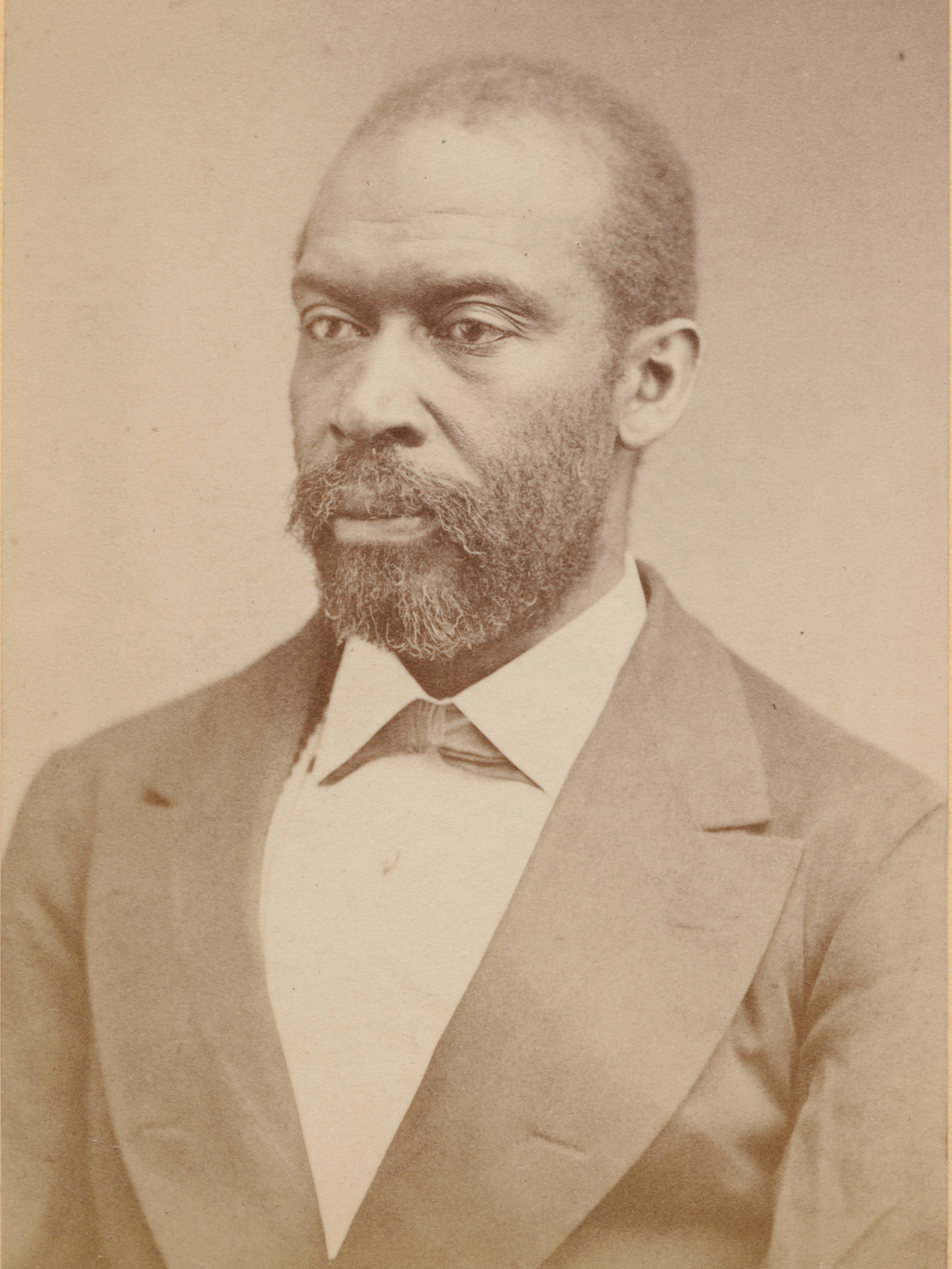
1834 - 1892 Admitted 1867 Called 1870
First African American at the English Bar, war correspondent and American Civil War soldier
Thomas Morris Chester was born in Harrisburg, Pennsylvania in 1834, the son of abolitionist campaigners, and was educated in Pittsburgh and Vermont, before travelling to work as a lawyer in Liberia. On the outbreak of the American Civil War in 1861 he returned to the US to serve as a recruiter of Black troops and as a war correspondent. Touring Europe after the war, he spent time at the court of Tsar Alexander II in St Petersburg as a representative of the Liberian government, before arriving in London and being admitted to the Middle Temple in 1867. He maintained an involvement with Liberian politics, requesting more than once to be Called to the Bar early on important business for the President. Called to the Bar in 1870, he became the first African American to practice at the English Bar. Chester returned to the US to practice law in 1871 and died in his hometown in 1892.
© The New York Public Library
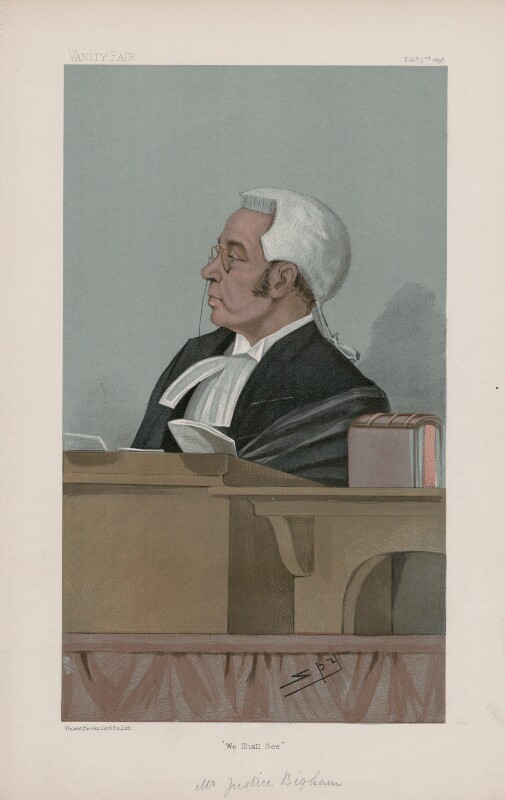
1840 - 1929 Admitted 1867 Called 1870 Benched 1886
Judge and Liberal politician
John Bigham was born in Liverpool, the son of a merchant, and was educated at the Liverpool Institute High School for Boys and the University of London. Called to the Bar in 1870, he was made a QC in 1883 and built up a prosperous commercial practise. He was elected to Parliament in 1895 as a Liberal Unionist MP for a Liverpool constituency, although remained focussed on his legal career. Knighted and made a judge of the Queen’s Bench in 1897, he went on to become President of the Probate, Divorce and Admiralty division in 1909 and was raised to the peerage in 1910. He is best known for leading the inquiry into the sinking of RMS Titanic in 1912 and the RMS Lusitania in 1915. Despite deafness, he continued working into his old age, and returned to the bench in his eighties to assist divorce courts with a heavy backlog.
John Charles Bigham, 1st Viscount Mersey ('Judges. No. 51.') by Sir Leslie Ward. Chromolithograph, published in Vanity Fair 3 February 1898. NPG D44893 © National Portrait Gallery, London.
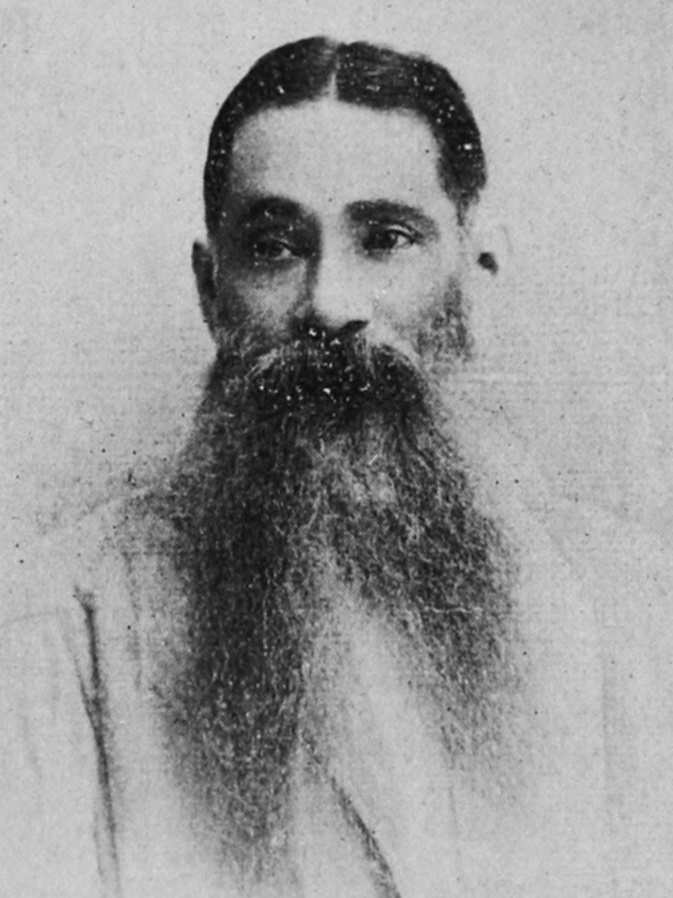
1844 - 1906 Admitted 1864 Called 1867
Co-Founder and first President of Indian National Congress
Womesh Chunder Bonnerjee was born in Calcutta (Kolkata), India, in 1844. After his Call to the Bar in 1867, he quickly became the most sought after barrister in the Calcutta High Court. He was the first Indian to act as a Standing Counsel, in which capacity he officiated four times - 1882, 1884, 1886-87. Bonnerjee presided over the first session of the Indian National Congress held in Bombay (Mumbai) in 1885. He was President for a second time in 1892. Bonnerjee also assisted in raising funds in India for a London Agency that had been established to propagate India's case in Britain in 1888. He also advocated for the establishment of a Royal Commission for the reduction of military expenditure and its just apportionment between Britain and India. Bonnerjee split his time between living in Britain and living in India and stood for election to the seat of Barrow and Furness in the British Parliament in 1892, but he did not succeed in his attempt. In 1902 he moved to Britain due to ill health and started practising before the Privy Council. He died in Croydon in 1906.
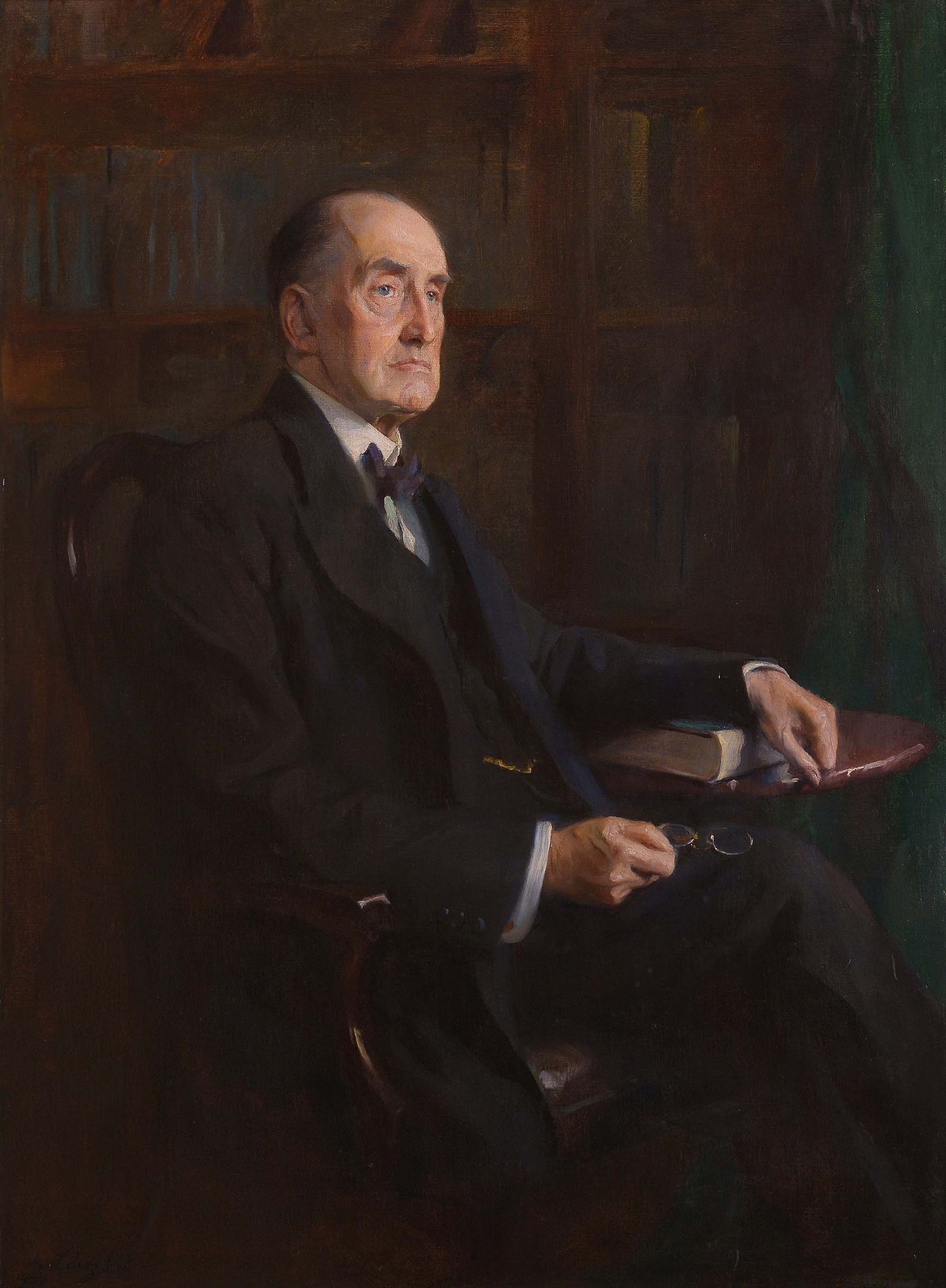
1854 - 1935 Admitted 1875 Called 1893 Benched 1900
Irish Unionist politician, barrister and judge
Edward Carson was born in Dublin to a wealthy Anglican family, and read law at Trinity College Dublin before joining the Inn in 1875. He was Called to the Irish Bar at King’s Inns and soon made a name for himself as one of the most notable barristers in Ireland, being appointed QC in 1889 and Solicitor-General for Ireland in 1892. He was Called to the English Bar in 1893 and practised primarily in England from then on, being notable for his cross-examinations of Oscar Wilde in the latter’s criminal libel action which led to his eventual prosecution for gross indecency. In 1900, he was appointed Solicitor General for England, knighted and made a Bencher of the Inn.
A fierce opponent of Home Rule in Ireland during the 1910s, he became First Lord of the Admiralty in 1916 and was elevated to the British War Cabinet. In 1920, he was instrumental in the establishment of the Parliament of Northern Ireland and was invited by the Unionists to lead the party in an election to become the first Prime Minister of Northern Ireland, but declined. After his retirement in 1929, his portrait was painted for the Inn by the renowned society painter Philip de Lazslo. On his death in 1935 he was granted a state funeral in Belfast and is the only person to have been buried at St Anne’s Cathedral.
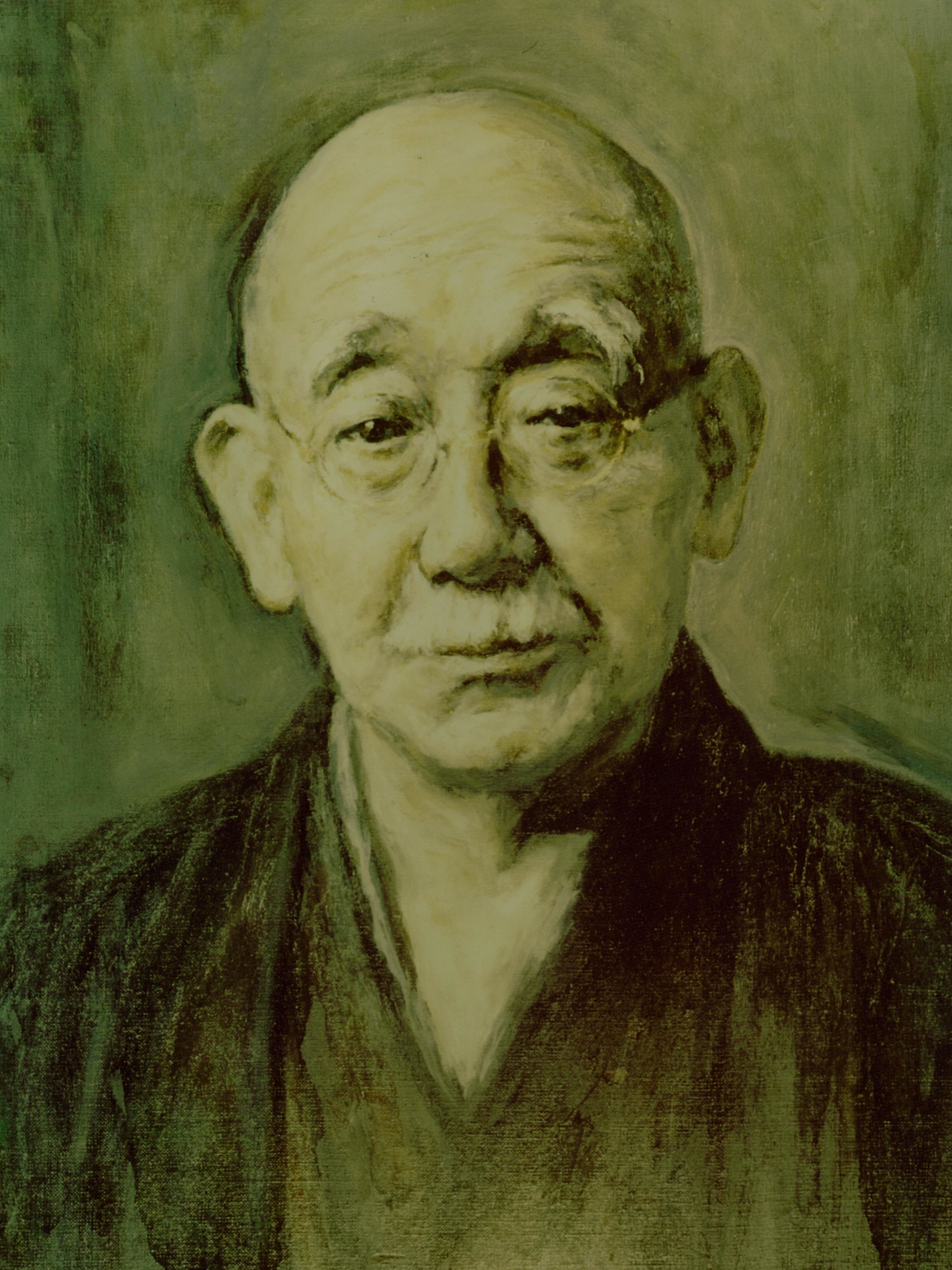
1857 - 1948 Admitted 1881 Called 1883
International lawyer and founder of Chuo University, Tokyo
Born in 1857, Rokuichiro Masujima studied law at the University of Tokyo. He was admitted to the Inn in 1881 at the age of twenty-three and and was Called to the Bar in 1883. Masujima returned to Japan to practice the law, and in 1885 founded the 'English Law School' in Tokyo, which went on to become Chuo University ('Chuo' meaning 'Middle' in Japanese), still a leading law school today. He also established the Sei-diu-Do Common Law Institute in Tokyo in 1934 in order to provide a library of the Common Law for Japanese students and promote knowledge of Anglo-American law in that country.
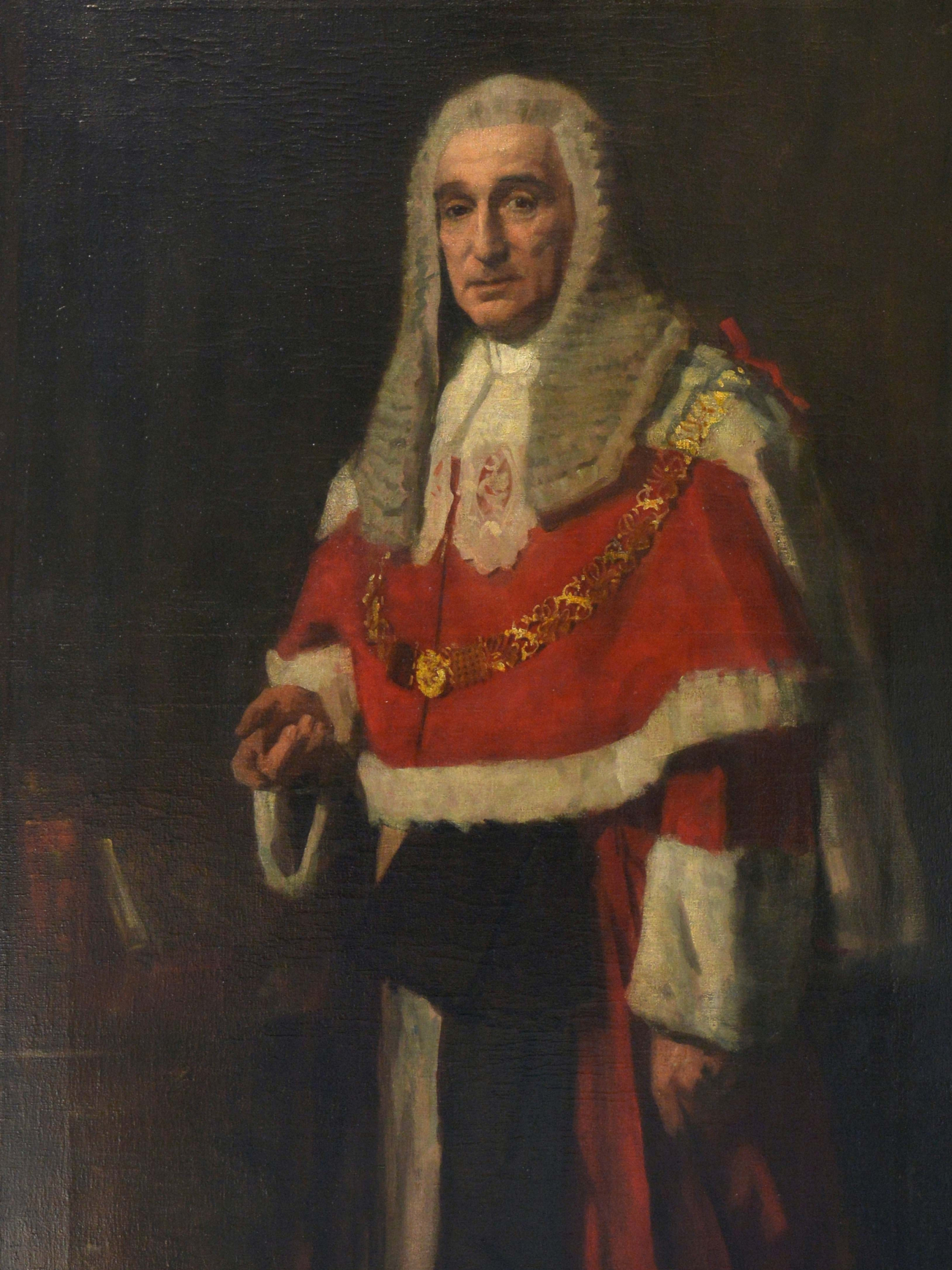
1860 - 1935 Admitted 1885 Called 1887
Lord Chief Justice of England, Viceroy of India and politician
Rufus Isaacs was born in 1860 to a Spitalfields fruit merchant, and after spells as a ship's boy and a jobber on the stock-exchange, was admitted to the Inn in 1885. After being Called in 1887, he went on to a career as a successful and well-known barrister, becoming a QC in 1898. Isaacs entered the Commons as a Liberal MP in 1904 and served as Attorney-General and Solicitor-General, becoming Lord Chief Justice in 1913. He served as Autumn Reader at the Inn in 1917, and in 1918 he was sent to Washington as the British Ambassador. In 1921 he was appointed Viceroy of India, a position in which he served until 1926. Isaacs was Treasurer of the Inn in 1927 and died in 1935.
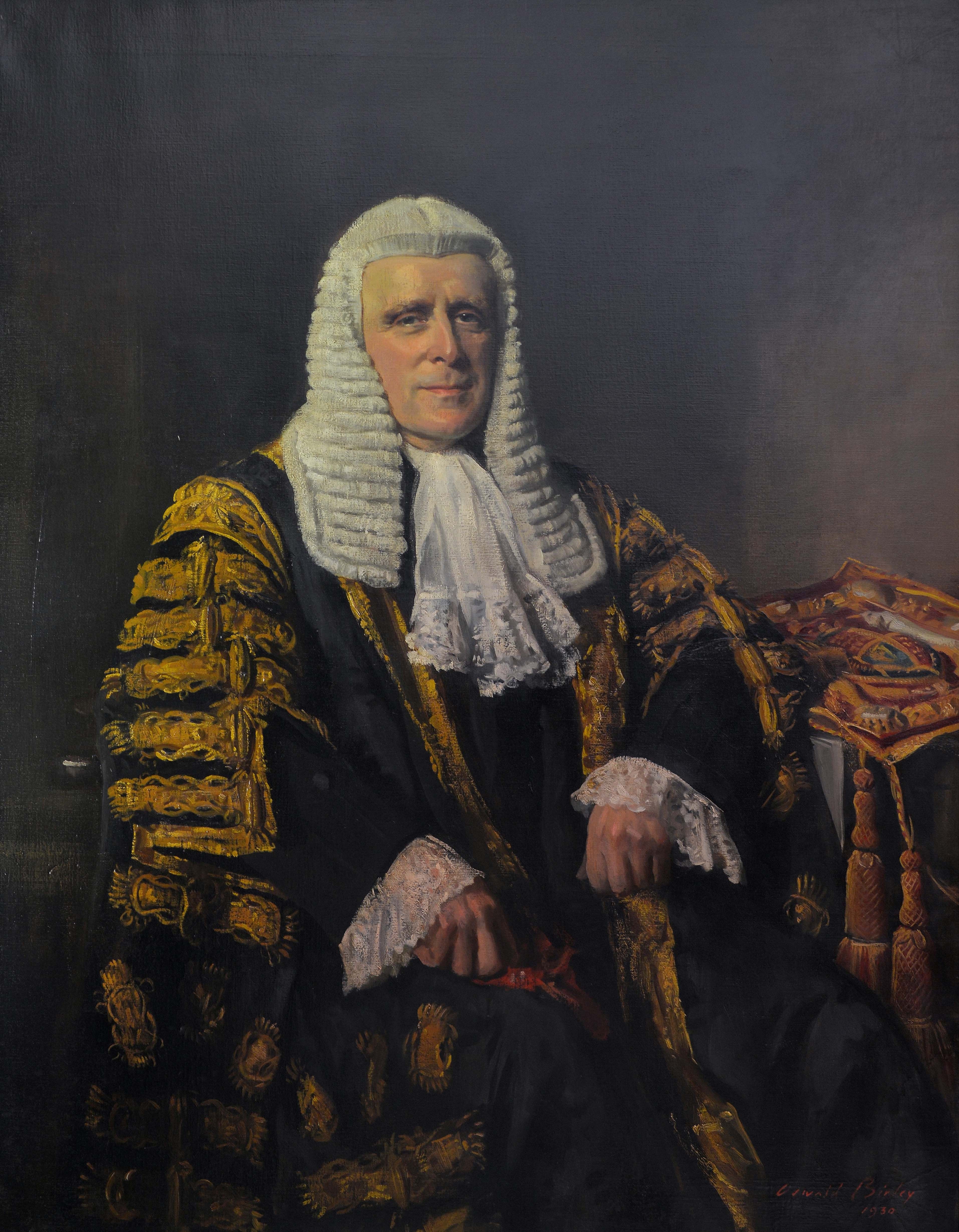
1866 - 1948 Admitted 1889 Called 1892 Benched 1914
Judge, Labour politician and Lord High Chancellor of Great Britain
John Sankey was educated at Lancing College and Jesus College, Oxford, before being Called to the Bar in 1892. Appointed a KC in 1909 and a High Court judge in 1914, he went on to serve as Lord Chancellor between 1929 and 1935. He is remembered today for his landmark judgement setting out the ‘living tree’ doctrine which became the foundation of Canadian constitutional law, and for his chairmanship of the Sankey Committee, which produced the Sankey Declaration of the Rights of Man identifying eleven fundamental human rights. The Sankey Declaration was a notable influence on the 1948 Universal Declaration of Human Rights.
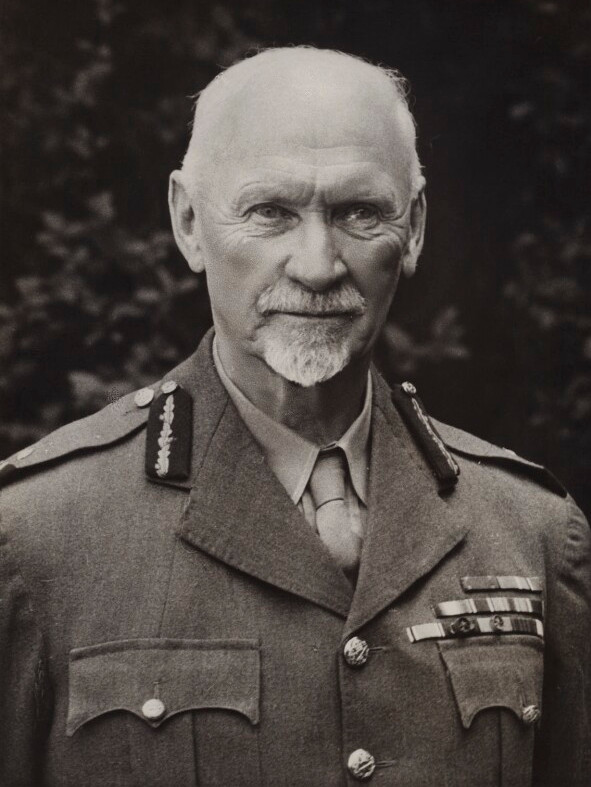
1870 - 1950 Admitted 1892
South African statesman and military leader
Jan Christiaan Smuts, future Prime Minister of South Africa, was born in 1870 in Cape Colony. Travelling to the United Kingdom after schooling, he matriculated at Cambridge, where he read Law. He graduated with a double First and was admitted to the Middle Temple to read for the Bar in 1892. It was not long, however, before he returned to Cape Colony, where he moved between law and the military over the next few years, finally becoming a cabinet minister in the newly constituted Union of South Africa in 1909. In 1917, Smuts was elected an Honorary Bencher of the Inn and had a distinguished record of service during World War One. After the war he returned to South Africa where he was elected Prime Minister in 1919, serving until 1924 but taking the office once again in a wartime coalition government in 1939. While initially a supporter of racial segregation, Smuts began to oppose it over time, a position which contributed to his political downfall in 1948. He died in 1950.
Jan Christian Smuts by Bassano Ltd. Bromide print, 1947. NPG x84808 © National Portrait Gallery, London. This image has been cropped and is licenced under a Creative Commons Attribution-NonCommercial-NonDerivs 3.0 Unported Licence. https://creativecommons.org/licenses/by-nc-nd/3.0/legalcode
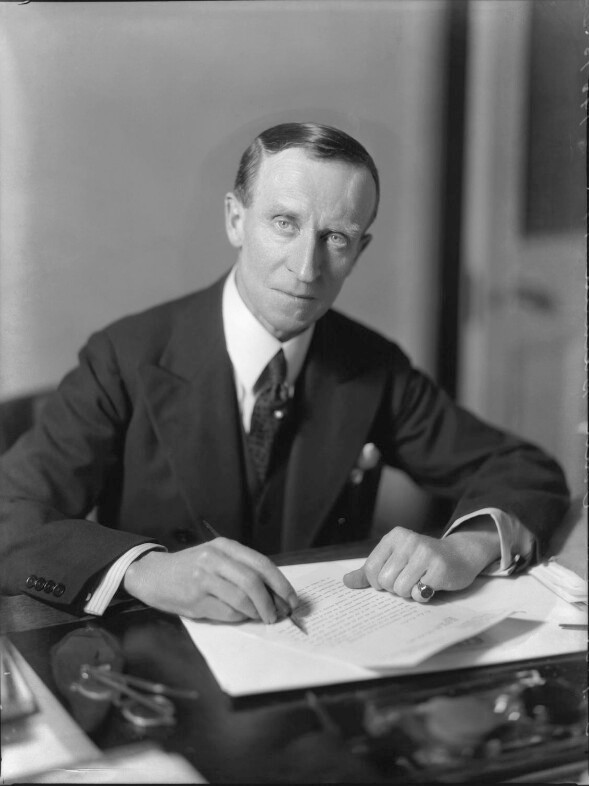
1875 - 1940 Admitted 1897 Called 1901
Novelist, historian and politician
John Buchan, born in Perth, Scotland in 1875, was a politician, novelist and historian, perhaps best-known today as the author of The Thirty-Nine Steps. He was admitted to the Inn in 1897, and lived in Brick Court and Temple Gardens, becoming the pupil of John Hamilton and Sydney Rowlatt. He initially failed his Bar exams but passed in the summer of 1901 and was Called to the Bar in June. After work involving the reconstruction of South Africa after the Boer War, he returned to the Inn in 1903 and made a name as a specialist in tax cases, publishing a significant textbook on the subject. He became editor of The Spectator in 1906, and began publishing adventure novels, including Prester John and The Thirty-Nine Steps. He also turned his literary talents to writing propaganda during World War One and became Director of Information in 1917. He established himself as an active Member of Parliament, and in 1935 was made Governor General of Canada, a position he held until his death in 1940.
John Buchan, 1st Baron Tweedsmuir by Bassano Ltd. Whole-plate film negative, 3 April 1935. NPG x81241 © National Portrait Gallery, London. This image has been cropped and is licenced under a Creative Commons Attribution-NonCommercial-NonDerivs 3.0 Unported Licence. https://creativecommons.org/licenses/by-nc-nd/3.0/legalcode

